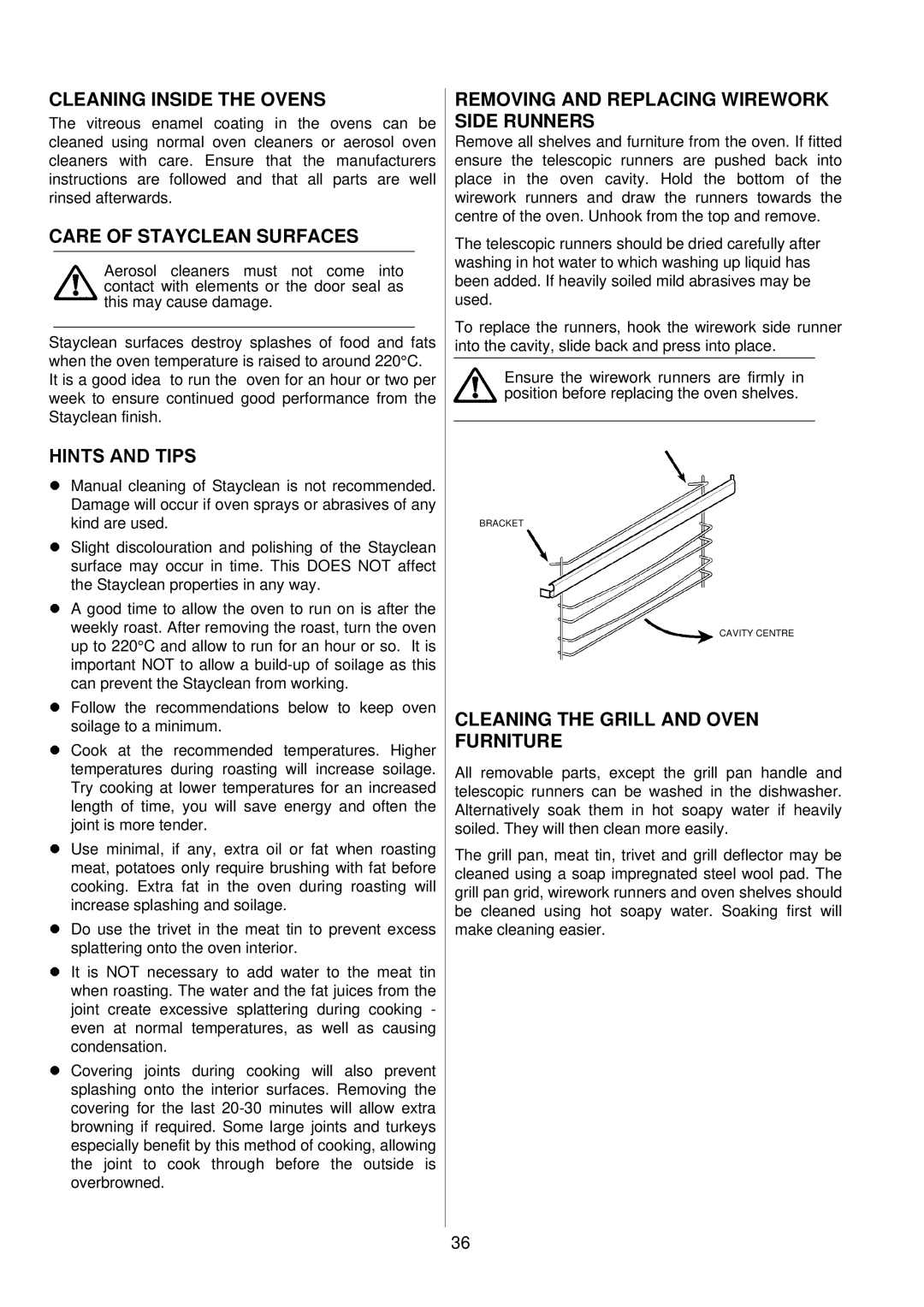D81000, D81005 specifications
Electrolux, a leader in home appliances, has made waves in the kitchen appliance market with its innovative models, the Electrolux D81005 and D81000. These dishwashers are designed to combine efficiency and style, meeting the demands of modern households.The Electrolux D81005 and D81000 boast a sleek, contemporary design that fits seamlessly into any kitchen decor. Both models feature a user-friendly control panel that makes operation simple and intuitive, providing users with a seamless experience from start to finish.
One of the most notable features of these dishwashers is their exceptional energy efficiency. Both models are Energy Star certified, meaning they use less energy and water compared to traditional dishwashers. This not only helps to reduce utility bills but also contributes to environmental conservation efforts.
The innovative SoftGrips and SoftSpikes technology ensures that delicate glassware and fragile items are washed gently and effectively. This technology helps minimize the risk of chipping and breaking, providing peace of mind while achieving spotless results.
Another standout feature is the Multi-Zone wash system. Users can customize their washing experience by targeting specific zones within the dishwasher, allowing them to conserve water and energy while ensuring that heavily soiled items receive the extra attention they require. Additionally, the models feature an adjustable upper rack, which can be moved up or down to accommodate taller items, providing flexibility in loading the dishwasher.
Both the D81005 and D81000 offer multiple wash programs, including quick wash settings, allowing users to choose from various cycles to best suit their needs. The silent operation of these dishwashers is another plus, as they minimize noise disruption, making them ideal for open-concept living spaces.
The large capacity of these models can hold up to 14 place settings, accommodating family gatherings or dinner parties. With easy-to-remove filters and a self-cleaning feature, maintenance is simplified, ensuring that the dishwashers remain in top condition over time.
With the Electrolux D81005 and D81000, customers receive high-quality dishwashing capabilities that merge modern technology, efficiency, and user-friendly design, creating a practical solution for everyday kitchen tasks.

